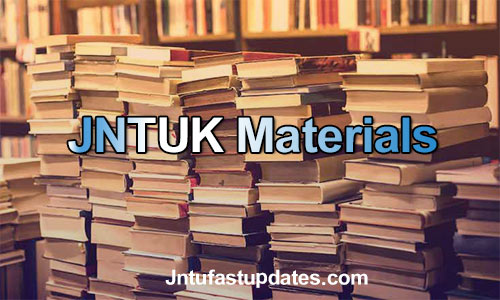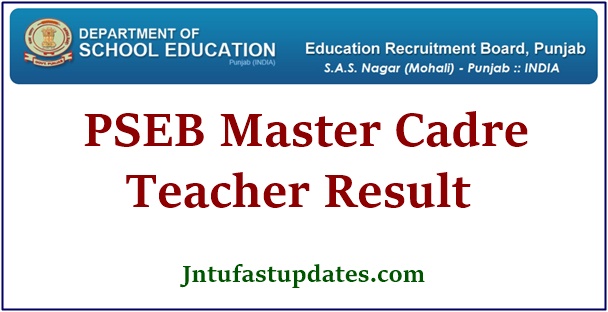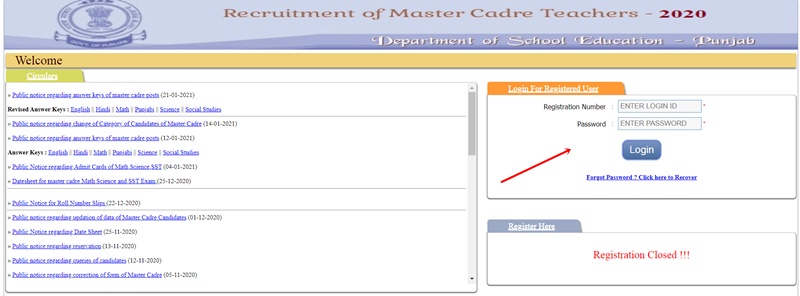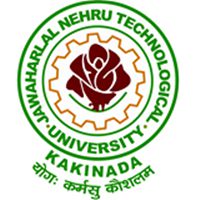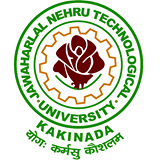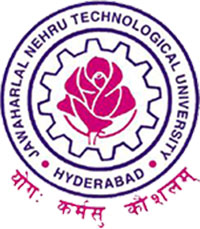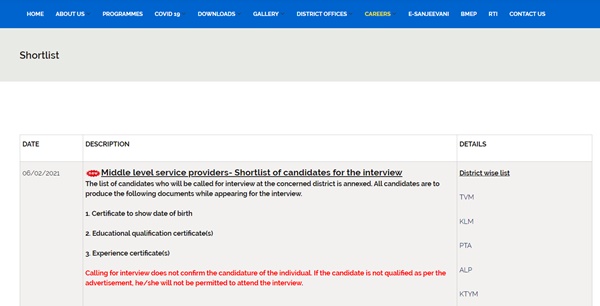JNTUK R16 4-1 WRE-2 Material/Notes PDF Download
Students those who are studying JNTUK R16 Civil Branch, Can Download Unit wise R16 4-1 Water Resource Engineering – II Material/Notes PDFs below.
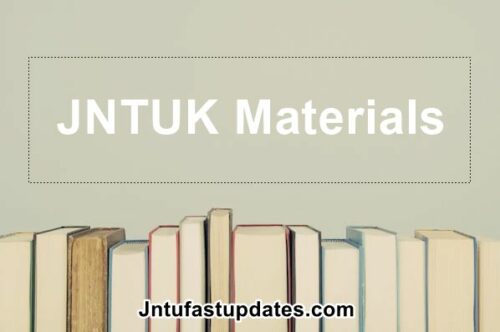
JNTUK R16 4-1 WRE-2 Material/Notes PDF Download
OBJECTIVES:
- introduce the types of irrigation systems
- introduce the concepts of planning and design of irrigation systems
- discuss the relationships between soil, water and plant and their significance in planning an irrigation system
- understand design methods of erodible and non-erodible canals
- know the principles of design of hydraulic structures on permeable foundations
- know the concepts for analysis and design principles of storage and diversion head works
- learn design principles of canal structures
UNIT-1
Irrigation: Necessity and importance, principal crops and crop seasons, types, methods of application, soil-water-plant relationship, soil moisture constants, consumptive use, estimation of consumptive use, crop water requirement, duty and delta, factors affecting duty, depth and frequency of irrigation, irrigation efficiencies, water logging and drainage, standards of quality for irrigation water, crop rotation.
Download UNIT-1 Material PDF | Reference-2
UNIT-2
Canals: Classification, design of non-erodible canals – methods of economic section and maximum permissible velocity, economics of canal lining, design of erodible canals -Kennedy’s silt theory and Lacey’s regime theory, balancing depth of cutting.
Download UNIT-2 Material PDF | Reference-2
UNIT-3
Canal Structures: Falls: Types and location, design principles of Sarda type fall and straight glacis fall. Regulators: Head and cross regulators, design principles Cross Drainage Works: Types, selection, design principles of aqueduct, siphon aqueduct and super passage. Outlets: types, proportionality, sensitivity and flexibility River Training: Objectives and approaches
UNIT-4
Diversion Head Works: Types of diversion head works, weirs and barrages, layout of diversion head works, components. causes and failures of weirs on permeable foundations, Bligh’s creep theory, Khosla’s theory, design of impervious floors for subsurface flow, exit gradient.
UNIT-5
Reservoir Planning: Investigations, site selection, zones of storage, yield and storage capacity of reservoir, reservoir sedimentation. Dams: Types of dams, selection of type of dam, selection of site for a dam. Gravity dams: Forces acting on a gravity dam, causes of failure of a gravity dam, elementary profile and practical profile of a gravity dam, limiting height of a dam, stability analysis, drainage galleries, grouting.
UNIT-6
Earth Dams: Types, causes of failure, criteria for safe design, seepage, measures for control of seepage-filters, stability analysis-stability of downstream slope during steady seepage and upstream slope during sudden drawdown conditions. Spillways: Types, design principles of Ogee spillways, types of spillways crest gates. Energy dissipation below spillways-stilling basin and its appurtenances.
TEXT BOOKS:
- Irrigation and Water Power Engineering, B. C. Punmia, Pande B. B. Lal, Ashok Kumar Jain, Arun Kumar Jain, Lakshmi Publications (P) Ltd.
- Irrigation Engineering and Hydraulic Structure, Santosh Kumar Garg, Khanna Publishers.
REFERENCE BOOKS:
- Irrigation and Water Resources Engineering, Asawa G L (2013), New Age International Publishers
- Irrigation Water Resources and Water Power Engineering, Modi P N (2011), Standard Book House, New Delhi
OUTCOMES:
- estimate irrigation water requirements
- design irrigation canals and canal network
- plan an irrigation system
- design irrigation canal structures
- plan and design diversion head works
- analyse stability of gravity and earth dams
- design ogee spillways and energy dissipation works

320-x100(1).gif)

